The learning curve is the graphical representation of the rate of learning against repeated experiences or over time. It depicts how a boost in learning happens because of greater experience. The learning curve provides insight into productivity, efficiency, cost, and experience.
Thus it is also known by the names of productivity curve, efficiency curve, cost curves, and experience curve.
Table of Contents
What is the learning curve?
The concept of the learning curve is meant to show the learnability or the learning ability of a subject. It is presented in graph form so that an individual can relate his relative progress visually throughout the process and the estimated difficulty in learning the subject over a specific time.
The learning curve theory puts its onus on the fact that when a new activity commences, the engaged workforce will not be able to achieve maximum efficiency at the beginning. Repetition of tasks will give the necessary confidence to gain knowledge that will enable quick and effective operations. As a result, the time taken to complete the task will decline and later stabilize after achieving an efficient working. Thus a learning curve refers to the time an individual has spent on a particular activity before he understands the actual elements or components.
A typical learning curve will show experience or time on the x-axis and the y-axis the percentage of learning. A steep learning curve shows quick learning, whereas a shallow curve depicts difficult subjects and longer time duration to complete learning.
Learning curves are generally used by teachers, students, psychologists, employers and employees to set expectations and plot progress about the actual time, study and training required to achieve complete learning or knowledge of the subject. It is present in numerous tasks and activities, for example, in learning the inner working and control of video games.
In the IT industry, the learning curve is used in product design and user interface.
In business, the concept of the learning curve shows the cost and output relationship over a specific period to represent the employer or employees’ repetitive tasks. It is generally used in forecasting costs, setting delivery schedules and measuring production efficiency. The steeper slope is an indicator of high-cost savings and shallow slope of difficult cost savings. It demonstrates that productivity increases over a while but with a diminishing rate as production increases.
Implications of the learning curve
The learning curve can lead to the following improvements
- The movement of the workforce becomes smooth
- Less rejection of work hence less rework
- The time required for providing instructions to workers become less and less
- There is a definite improvement in tooling and machine
- There is a significant improvement in management control
- Operation sequences are better
- It results in minimum set-up time because of larger lots
Uses of the learning curve
The learning curve is relevant for decisions like
1. Setting up an incentive structure
One of the significant uses of the learning curve is in setting up an incentive structure.
2. Projecting capital requirements
The learning curve is used to plan and project capital requirements. The revenues of the first batch will not cover the expenses if the unit price is set in terms of cumulative average unit cost. The organization in such case will need additional funds to cover the costs.
3. Showing employee work schedule in terms of future requirements
It is imperative to have proper work scheduling to meet the delivery program. The two important things required in this endeavor are getting hold of the necessary workforce and materials in a timely fashion. It is a learning curve that is used to influence delivery timings; quantities produced and required manpower to avoid late deliveries and interruptions in production.
4. Training program
The learning curve is used in measuring how efficient a training program has been. Training is assumed as successful if the employees can satisfy the normal curve pattern after the training
5. The decision on pricing in terms of future costs
The learning curve is used in cost projection and forecasting future costs or the rate at which the assumed costs may fall in the likelihood of commissioning new plants.
6. Planning of required materials
The learning curve helps the employees to become more efficient, and this increases production. Now it is used in planning for materials needed to become necessary because ultimately the inventory turnover and rate of work in progress will also increase.
Stages of using learning curve
The stages of the learning curve are as follows-
1. Initial stage
In this stage, the learning depicts zero for the first few times
2. Steep-up stage
The second stage is the steep-up stage and is also known as the log stage. The rate of progression is substantial as it increases suddenly.
3. Intermediate stage
This is the transitional period where you expect a change to occur
4. Stationary phase
In this stage, the progression comes to a stop as there is no improvement.
Benefits of using a learning curve
The learning curve results in the following benefits-
- Performance improvement is dependent on learning as it cannot happen by itself. In business, the organizations integrate a culture of learning to encourage and support their employees so that they can keep learning. Remember it is learning that results in high-performance results and ultimately, the growth of the learner and the organization he belongs to.
- The learning curve recognizes the availability of limited knowledge at the onset. For this reason, it encourages skilled or expert employees to assist those who are starting. Thus an organization can avoid unnecessary waste of time in accomplishing particular tasks
- Passing knowledge to others boosts the learning curve of the other person. The experienced employees teach the younger lot on how to perform daily tasks effectively and the younger generation can help the elder one with modern technology. This proves mutually beneficial and boosts the learning curve of everyone involved.
- An important benefit of the learning curve is in comparing useful information. Every person knows a particular subject, and if comparisons of different learning curves are made, it becomes easy to understand the progress someone is making. The learning curve also helps to make further adjustments because of these comparisons. The learning curve is an eye-opener as it will easily distinguish between people who have experience and who are pretending to have the necessary expertise.
- The learning curve helps in letting us know about the tasks that individuals should focus on as per their strengths and weaknesses.
- The rate of learning is considered dependable and reliable, and the learning curve helps to show it in the form of the graph. It is believed to be consistent enough that people can establish trends through these curves. It ultimately helps in making viable business-related decisions and making better forecasts for the future.
- An important benefit of the learning curve is that it aids in cost control
- It assists in personnel planning in terms of cost and number
- Learning curve minimizes labor variances and helps to set labor standards
- Aids in product pricing by offering better price approximate
- The learning curve is used in budgeting
- Helps in work scheduling and delivery schedules
- The learning curve helps in improving the productivity of the employees in an organization.
- It is used for predicting performances, strategic planning as well as psychological motivation
Limitations of using the learning curve
The learning curve has the following restrictions-
- It is a fact that some people are more skilled than others at specific tasks, and this gives them a superiority level. When comparisons of learning curve are made, it shows the difference and creates unnecessary hassles
- The learning curve in terms of growth is as good as the mentor; because in the absence of a quality teacher or mentor it will not be possible for the newcomers to reach greater heights and their learning curve will not be able to show their talent or potential even if it is not their fault
- The learning curve recognizes current skill, but it cannot predict the future curve with a 100% guarantee. Projecting an incorrect learning curve can cause disappointment for some.
- There is no emphasis on the downward motion. Everyone looks at the upward slope but fails to grasp the importance of a downward slope. It helps to realize why people are no longer at the top.
- The learning curve needs stable conditions that not always be possible as unplanned changes will result in problems and have an impact on the learning curve.
- The learning curve will not keep up with its work if the employees do not agree to the plan and keep to the schedule
- It is difficult to have an estimate of appropriate and accurate data
- There is an inaccuracy in estimation of the requirement for initial labor for the first unit
- The learning curve is used to predict the overall performance of processes. Several of its assumptions are highly dependent on variables like training resources, workplace dynamics, sociological factors, motivation, previous knowledge, skills and experience and these can change anytime making the learning curve wrong.
Types of learning curves
The three types of learning curves are as follows-
1. Concave curve
The concave learning curve is also famous by the name positively accelerated curve. It depicts slow improvement at the onset with the learning increasing with time to show mastery. The rate of progress is thus slow at the beginning but picks up, and the final learning rate shows a noticeable increase.
The concave learning curve occurs in a learning situation where the task looks complicated at the beginning, but the learner gains mastery at the end because of increased practice.
2. Convex curve
The convex learning curve is known as a negatively accelerated curve. It depicts rapid movement at the initial stage but slows down gradually. This is because the task might be simple or the learner might have previous knowledge that now comes to his aid.
3. The concave and convex curve
The third curve is an integration of both concave and convex curves and hence is known as a concave-convex curve. At the onset, the curve depends on the nature of the learner and later depicts from zero to mastery.
Characteristics of learning curves
The characteristics of learning curves are as follows-
- One can see an improvement at the initial stage although it may be either quick or slow depending upon the learner
- An important characteristic of the learning curve is that there are numerous ups and downs to record even general acceleration because the learning curve progress is not uniform.
- If there is no improvement in the learning curve between the beginning and the end, then it is known as a plateau.
- An important characteristic of the learning curve is that it is easy to notice whether learning has taken place or not.
Learning curve models
The most common and popular learning curve models are-
1. Diminishing-Returns Learning Curve
In this model of a learning curve, it states that the rate of progression is high at the beginning and later starts decreasing over time. Diminishing-Returns Learning Curve says that the rate of increase will then subside until it reaches zero and the person has achieved maximum skills.
In such situations, it is easy to learn a task and the progression of learning is thus at a quicker pace at the onset until the learner achieves full know-how. There comes a time when a change is taking place, and the learner is no longer progressing.
This might be because he has reached his limit or that he is fatigued or he has lost motivation to continue with the task.
2. Increasing-Returns Learning Curve
In this model of a learning curve, it states that the rate of progression is a bit slow at the onset but gradually picks up momentum and starts to rise until the time it reaches full proficiency. A prime example of Increasing-Returns Learning Curve is a challenging, new and complex task where the learner is slow in learning at the initial stages but picks up speed as soon as he starts understanding the basic concepts.
This model is just the opposite of the Diminishing-Returns Learning Curve. Here the learner is slow at the beginning and slowly increases his knowledge until he reaches full potential.
3. Increasing-Decreasing Return Learning Curve
This model of the learning curve is one of the most popular ones and is also known as the S-curve model. It measures the rate of progression of an individual who is new to the task at hand. In the first half, the bottom graph depicts slow learning because the learner will require more time to accomplish the necessary skills whereas the latter or second half of the Increasing-Decreasing Return Learning Curve will show that the learner is taking less and less time to complete his given task as slowly he has become more accomplished in his knowledge and skills.
More often, the end portion of the curve levels off after showing a plateau, which is an indicator of a new challenge.
4. Complex Learning Curve
This model of learning curve depicts an intricate pattern of learning, and this is why it is named Complex Learning Curve. It shows extensive tracking and the rate of progression of the learner. At the onset, the curve indicates that the rate of progress of learning is slow, but at the second stage, it starts showing an increase that depicts learner’s proficiency in the skill.
The third stage of the Complex Learning Curve shows that the learner feels he has mastered his skill and thus reached a plateau. Sometimes this plateau is false because the learner might be developing new skills and ideas to improve his efficiency and productivity.
The application of new ideas will improve his skills until it reaches peak inefficiency. The fourth stage shows him once again enhancing his skills and the last stage where it becomes a routine habit. Now at this stage, it becomes a habit and as the learning becomes automatic and is also known as over-learning.
Liked this post? Check out the complete series on Careers
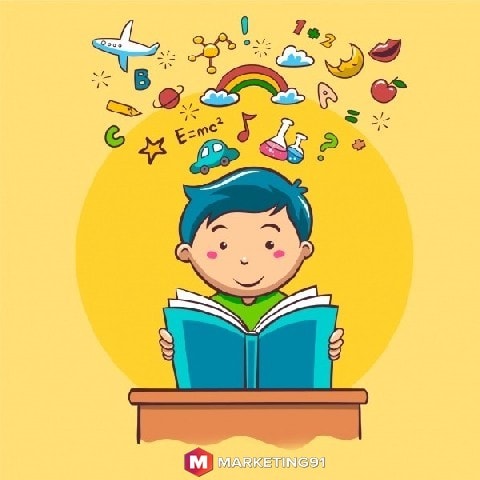
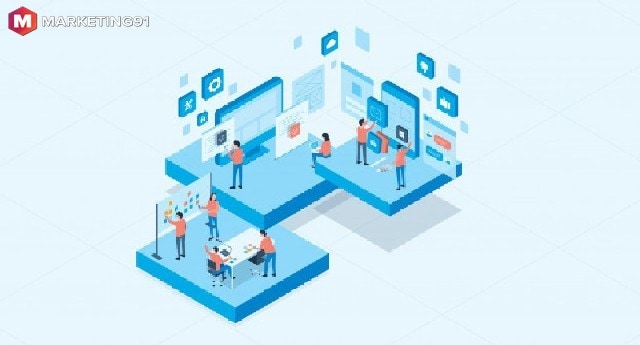
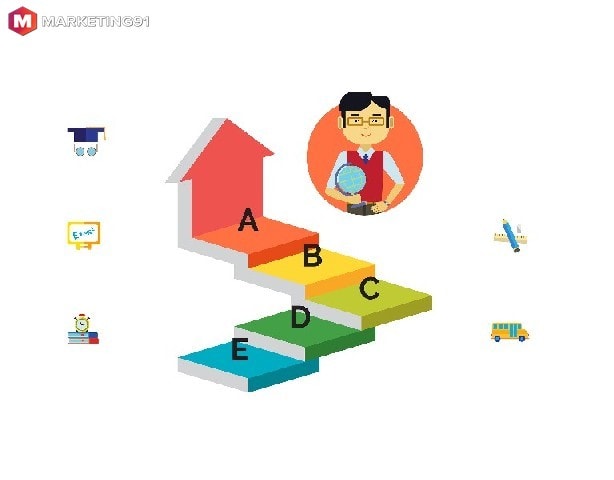
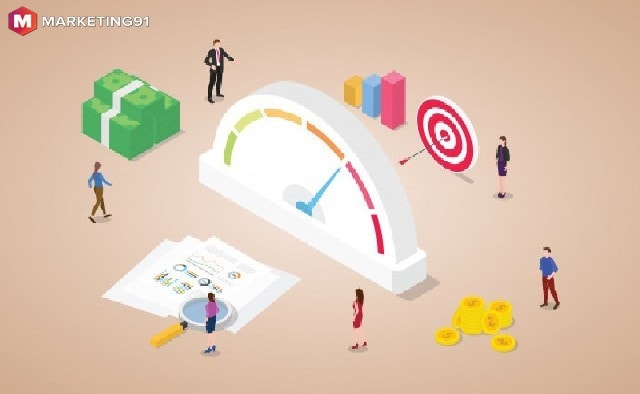
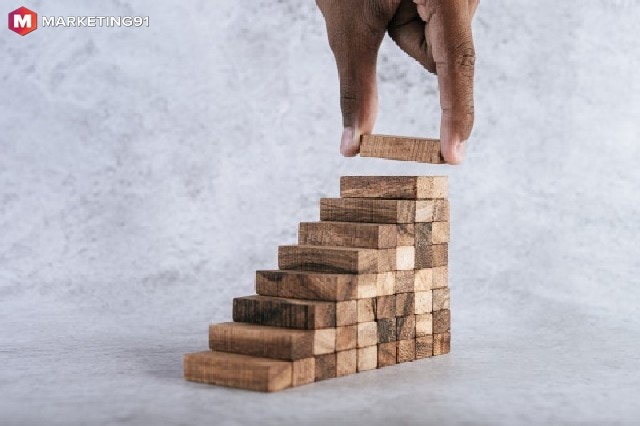

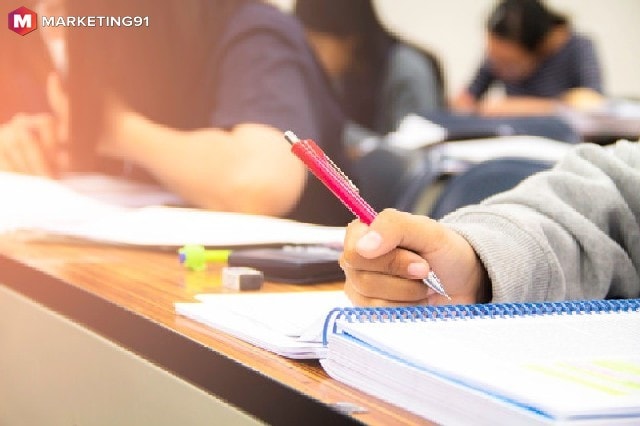
Mr. Bhasin, you are brilliant and express your ideas so great.